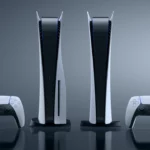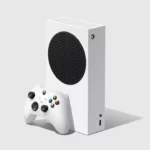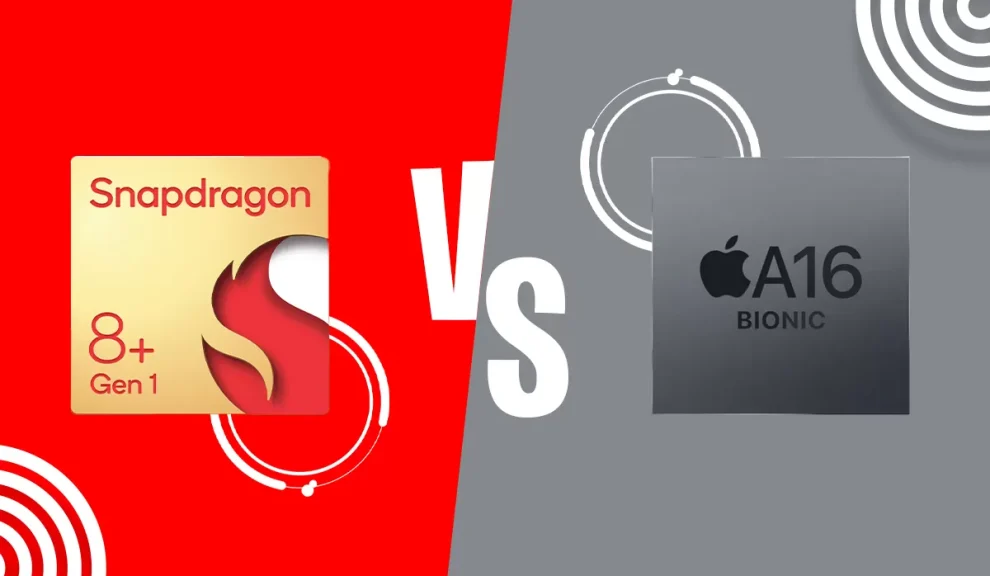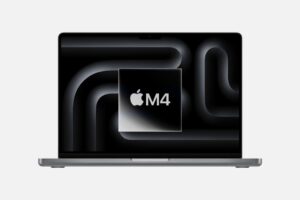The smartphone market has witnessed a fierce competition between Qualcomm and Apple, with their flagship chipsets, the Snapdragon 8 Gen 4 and the A15 Bionic, respectively, vying for the top spot. This comparative analysis will delve into the key features, performance, and capabilities of these two powerful processors.
CPU Performance
- Snapdragon 8 Gen 4: The Snapdragon 8 Gen 4 boasts an octa-core CPU architecture with a combination of high-performance and efficiency cores. This configuration offers a balance between power and efficiency.
- A15 Bionic: Apple’s A15 Bionic features a six-core CPU architecture, with a focus on performance cores. The A15 Bionic has consistently demonstrated impressive single-core and multi-core performance.
GPU Performance
- Snapdragon 8 Gen 4: The Adreno 750 GPU in the Snapdragon 8 Gen 4 offers powerful graphics capabilities, making it suitable for demanding tasks like gaming and video editing.
- A15 Bionic: Apple’s custom GPU in the A15 Bionic has been praised for its exceptional graphics performance, delivering smooth frame rates and stunning visuals.
AI and Machine Learning
- Snapdragon 8 Gen 4: The Snapdragon 8 Gen 4’s Hexagon processor provides dedicated hardware for AI and machine learning tasks, enabling advanced features like natural language processing and computer vision.
- A15 Bionic: Apple’s Neural Engine in the A15 Bionic is designed for on-device machine learning, allowing for faster and more efficient AI processing.

5G Connectivity
- Snapdragon 8 Gen 4: The Snapdragon 8 Gen 4 supports the latest 5G standards, offering fast download speeds and low latency.
- A15 Bionic: While the A15 Bionic is not specifically designed for 5G, it can be used in smartphones with integrated 5G modems.
Power Efficiency
- Snapdragon 8 Gen 4: Qualcomm has focused on improving power efficiency in the Snapdragon 8 Gen 4, ensuring longer battery life for demanding tasks.
- A15 Bionic: Apple’s A15 Bionic is known for its efficient architecture, which contributes to good battery life.
Camera Capabilities
- Snapdragon 8 Gen 4: The Snapdragon 8 Gen 4 includes advanced image processing capabilities, such as improved low-light photography and enhanced color accuracy.
- A15 Bionic: Apple’s A15 Bionic offers excellent camera performance, with features like computational photography and advanced video capabilities.
Both the Snapdragon 8 Gen 4 and the A15 Bionic are highly capable chipsets that offer exceptional performance. The choice between the two may depend on specific use cases and personal preferences.
The Snapdragon 8 Gen 4 and A15 Bionic are both top-tier chipsets that deliver impressive performance and features. While the Snapdragon 8 Gen 4 offers a wider range of features and is more commonly used in Android smartphones, the A15 Bionic is a powerful option for Apple devices. Ultimately, the best choice for you will depend on your individual needs and priorities.
















Add Comment